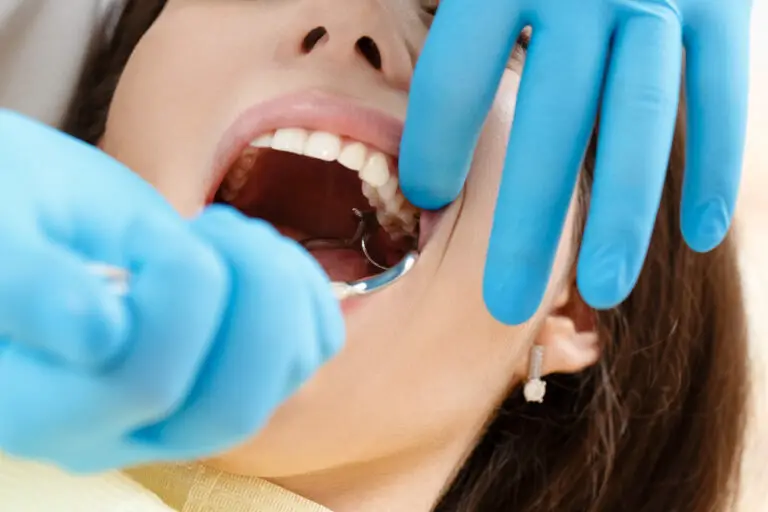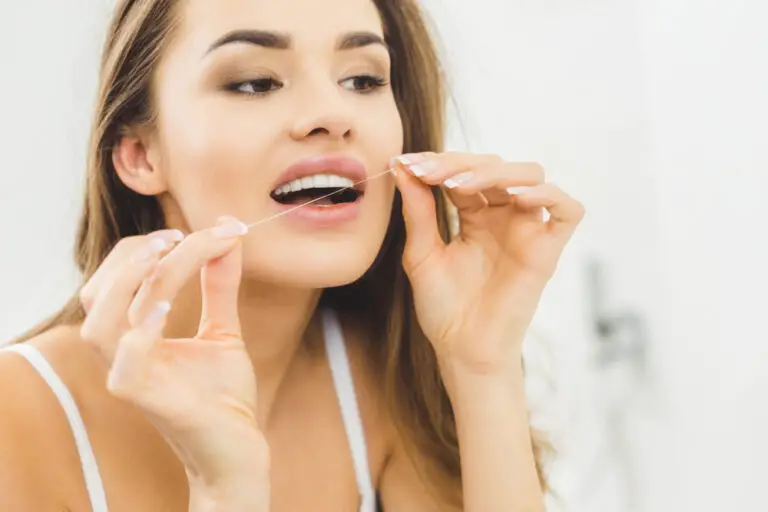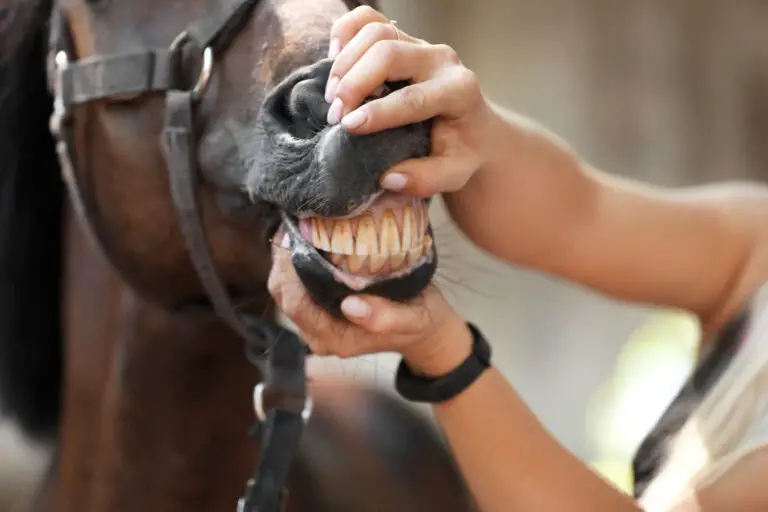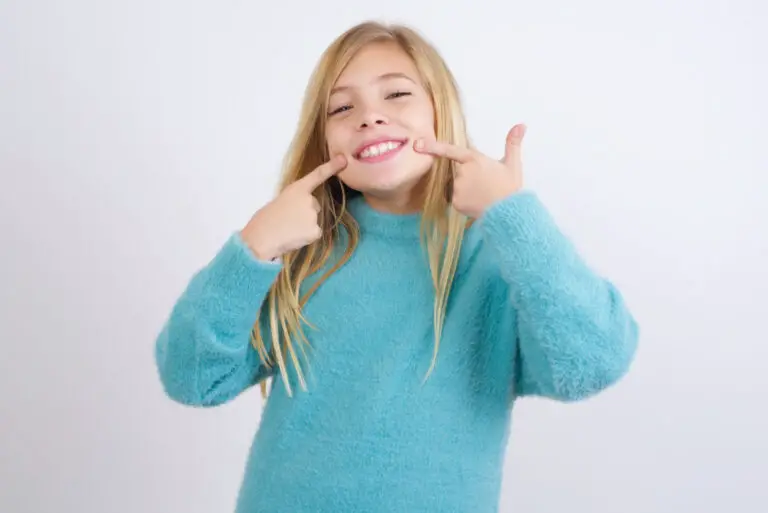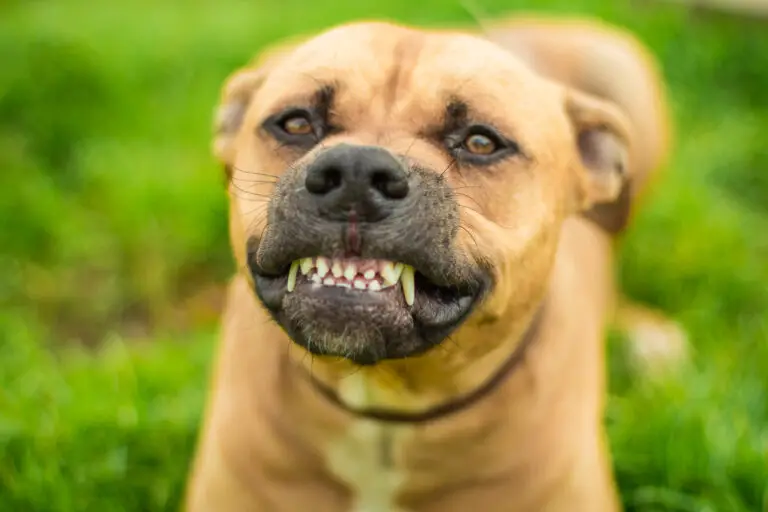If you have toddlers between the ages of four and seven years old, you’re probably already getting ready for the much-awaited tooth fairy’s visit and wondering, when do kids start losing teeth?
Usually, children’s milk teeth will give way to permanent teeth from the age of five or six. However, every child has a unique physiology, and some may start losing teeth as early as four years or as late as seven.
Before your child’s teeth start to fall out, you may have questions about preparing for the tooth loss journey, when to worry about late tooth loss, and how to reinforce positive oral hygiene. This article will cover that and more.
At What Age Do Children Start Losing Their Baby Teeth?
Most babies start developing milk or primary teeth at six to ten months. The first set of teeth to appear is usually the lower front teeth, followed by the upper front teeth and then the rest.
By 33 months, your babies should have completely developed all their milk teeth. The process by which the milk teeth grow is medically termed “Eruption.” As your child ages, these primary teeth will allow more permanent teeth to come in. This usually happens at ages five to six.
As the permanent teeth reach the surface, they push the milk teeth upwards and dissolve their roots till they become wiggly. Eventually, the milk teeth fall out painlessly, giving room for the growth of secondary teeth.
Over the next few years, until age 12, your child’s teeth will continue to fall out, giving room to stronger and more permanent teeth. Generally, if your child started getting their milk teeth early on, chances are, they will lose them early too.
What’s the Timeline and Order in Which Kids Lose Their Teeth?
As you may know, children’s teeth don’t all fall out at the same time. How scary would that be? They usually fall out in the order in which they erupt within a few months apart. Let’s look at a rough timeline you can use to prepare for what’s to come;
1. Incisors
The lower central incisors are usually the first set in and the first set out. They come in anytime from four months and erupt anytime from six years. After they fall out, the next group to go are the upper central incisors, also known as the upper middle teeth.
Once the central incisors have fallen out, the lateral incisors follow. The upper lateral incisors will usually go before the lower lateral incisors. They start weakening when your child is about seven or eight years old.
At this stage, your child should be somewhat familiar with the process of losing teeth, and you’ll both find it more manageable compared to when they lost the central incisors, their first set of teeth.
2. Primary First Molars
When babies are teething, these are usually some of the most painful sets of teeth to come in. As they fall out, they may be more painful or uncomfortable than the rest.
The primary first molars are usually shed after the incisors have fallen out, between nine and eleven years old. Once these temporary molars fall out, they give room to permanent molars.
3. Canines and Primary Second Molars
These are usually the final sets of teeth to go. They begin to shed between nine and twelve, allowing another set of permanent molars. At this stage, your child’s upper and lower jaw should’ve grown and adjusted, ready to house all the permanent teeth that have just arrived.
Usually, the permanent molars come in after these sets have fallen out. However, they don’t grow to replace the primary second molars; they tend to grow in specific empty gum spaces at the back of the jaw. Hence, they can be more painful than others as they grow out.
Once your kiddo’s permanent molars begin to grow out, consider using painless dental sealants to help protect the new set of teeth from bacteria buildup, acid, and other degrading substances. Dental sealants will help prevent tooth decay and cavities while minimizing your spending costs.
How to Prepare For My Child’s Tooth Loss?
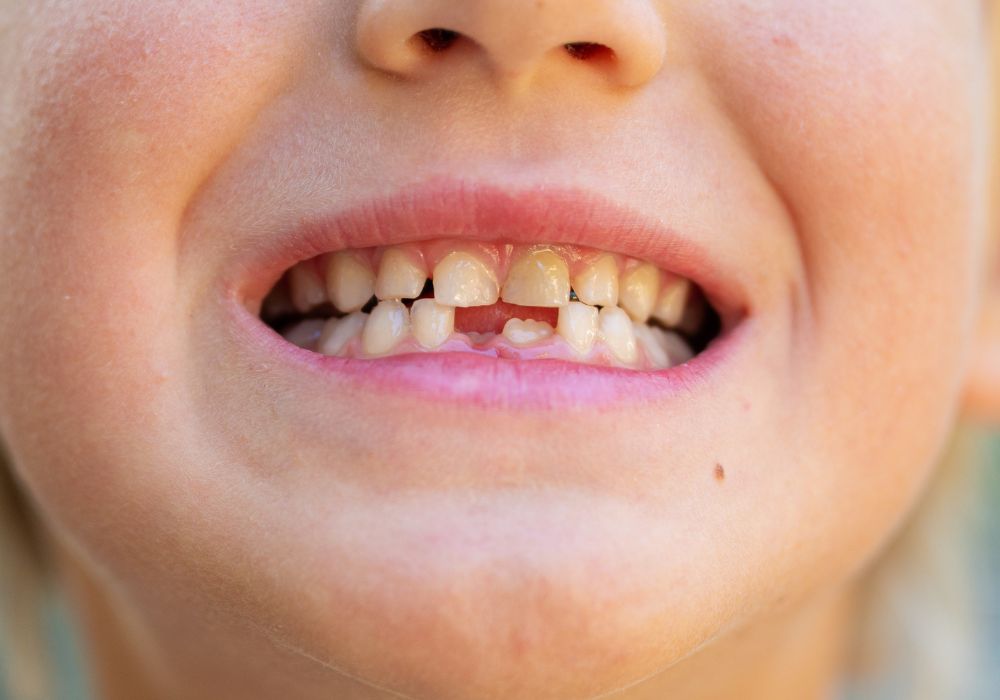
Loose, wiggly teeth are some of the first signs you’ll notice, indicating that your child’s tooth is about to come out. While this is typically a painless experience, it may hurt if you put too much pressure on the tooth or try to yank it out before the roots fully dissolve.
The process is primarily natural, and there isn’t much you can do to speed it up. However, here are some tips to help ease some of the discomfort your child may feel at this time;
- Your child’s gum may feel sore and slightly painful. A dental or ice pack will help to soothe the pain and reduce the soreness.
- Your child may also experience slight inflammation, depending on the severity of the loose tooth. If it gets too uncomfortable, over-the-counter anti-inflammatory medication will do the trick.
- There may be slight bleeding if the loose tooth has already come out. Your child can take care of this by swirling clean, warm water and spitting it out a couple of times. You can also prepare a simple salt solution with which your child can rinse their gums.
- You can also have your child bite down gently on gauze to reduce the bleeding if it gets too much.
- Additionally, once you spot a loose tooth, you can use mouth guards to protect your child’s mouth during sports or other physical activities. This will prevent the tooth from prematurely falling out and causing excessive bleeding.
What Does it Mean if My Child’s Tooth Loss is Delayed?
Generally, some children may lose their milk teeth later than seven years. But this usually doesn’t indicate any sign of ill health. However, if the delay is too long, report to the dentist first before drawing conclusions.
Your child’s milk teeth may not be falling out for several reasons, including the absence of permanent teeth to replace them. This may lead to a condition known as “Adult milk teeth.”
To chart the next course of action, your child’s dentist will do an X-ray to determine what may be causing a delay in the formation of permanent teeth.
Your child may develop adult milk teeth due to many conditions, including hyperdontia, hypodontia, oligodontia, or anodontia. Hyperdontia is an oral condition where your child may have extra milk teeth, not giving enough room for permanent teeth to grow.
With hypodontia, oligodontia, or anodontia, your child may be missing one, five, or more permanent teeth. In this case, the absence of permanent teeth makes it impossible for the milk teeth to fall out, as there are no permanent teeth to push them out.
Sometimes, even if permanent teeth are underneath your child’s gum, the milk teeth may still not fall out due to an “Ankylosis.” This condition causes the permanent teeth to fuse with bone, preventing any movement or growth, and can only be diagnosed by an oral surgeon.
Adult milk teeth may also result from genetics, ectodermal dysplasia, mouth trauma, infection, or other conditions.
Depending on the diagnosis from the dentist, your child may have to undergo a series of treatment procedures that can help to correct or prevent the formation of adult milk teeth. These treatments include extraction, orthodontic fixtures, or replacements with dental implants or dentures.
What if My Child Loses a Tooth Too Early?
If your child’s tooth falls out before age four, they may have triggered the loss through trauma or certain health conditions. Contact your child’s dentist when you notice a tooth falling out too early.
Baby teeth usually guide the path for permanent teeth, causing them to grow along the exact root alignment. As such, if a tooth comes out earlier than it should, it will leave a gap long before the permanent tooth is ready to come out.
When the permanent tooth eventually grows, it may come out misaligned or crooked because no milk tooth can guide its growth. To avoid misalignment, crooked dentition, or other dental conditions, report any cases of early missing teeth to the dentist as soon as possible.
How Can I Maintain My Child’s Permanent Teeth?
Once your child’s permanent teeth have started coming in, it is time to reinforce some personal hygiene practices that will support the growth of strong, healthy teeth and reduce the chances of developing dental issues later on.
Some of these oral hygiene practices include;
- Encouraging your child to brush twice a day with doctor-approved toothbrushes and toothpaste that contains fluoride.
- Teach your child regular flossing, and avoid excessive hot or cold drinks.
- Limiting the amount of sugar your child consumes. If left unchecked, sugar leads to bacteria build-up or plaque, often leading to cavities.
- Booking regular appointments and checkups with the dentist will ensure any abnormal dental conditions are caught on time and treated early.
- Ensuring your child eats a healthy, balanced diet that contains more fruits, fiber, and vegetables, and less sugar and other processed ingredients.
Final Thoughts
Children will generally start losing baby teeth between the ages of five and six. However, some may begin as early as age four or as late as age seven.
Delayed or early on-set wisdom teeth loss does not always indicate health problems. As such, it is best to schedule regular visits with your child’s dentist to ensure your child’s dental health is pristine at all times.

